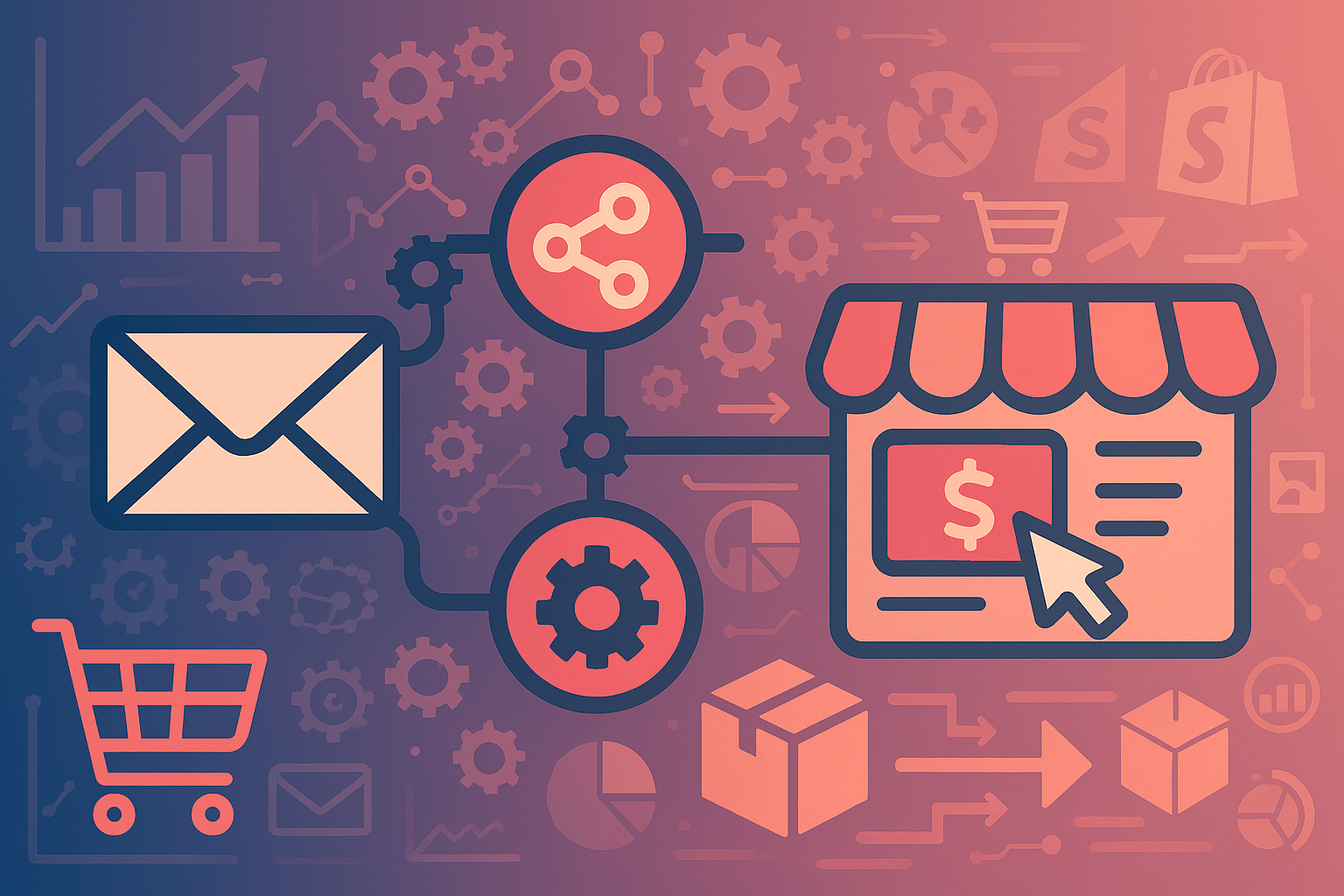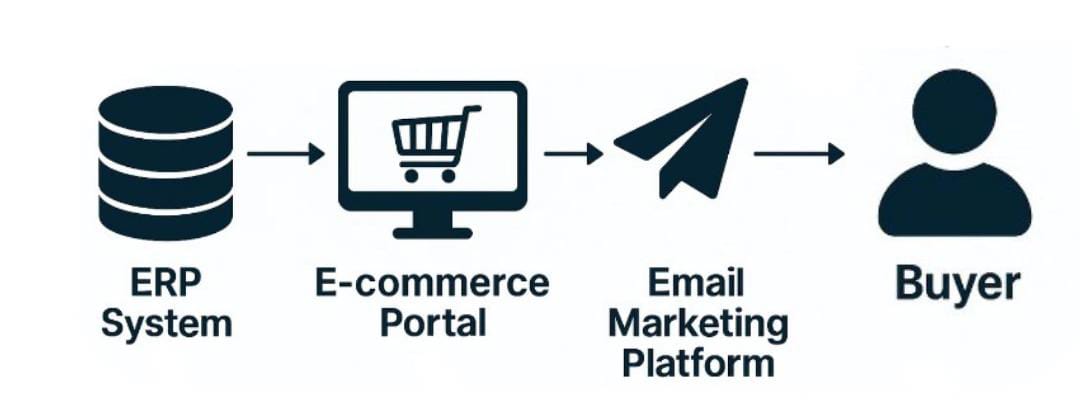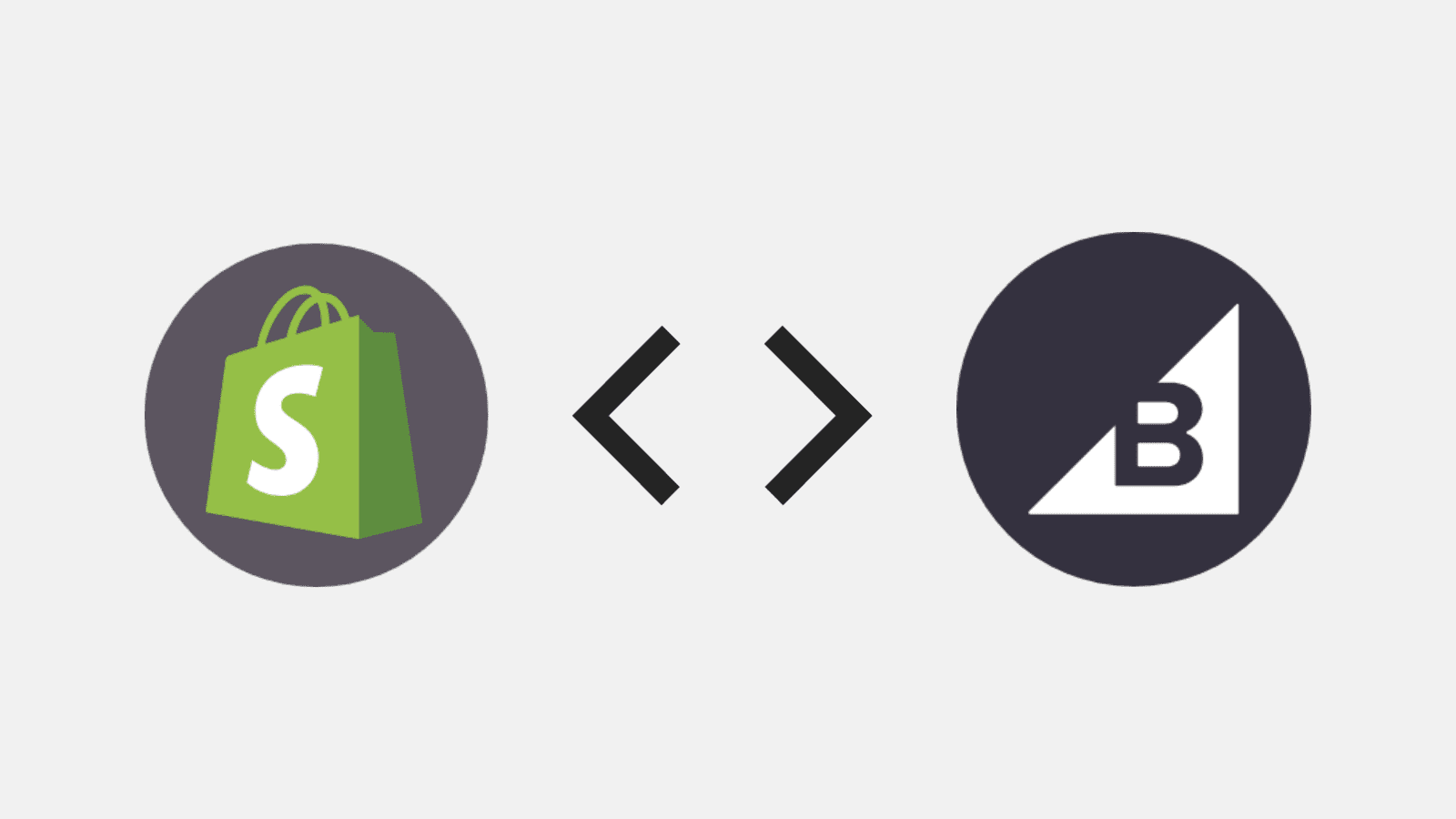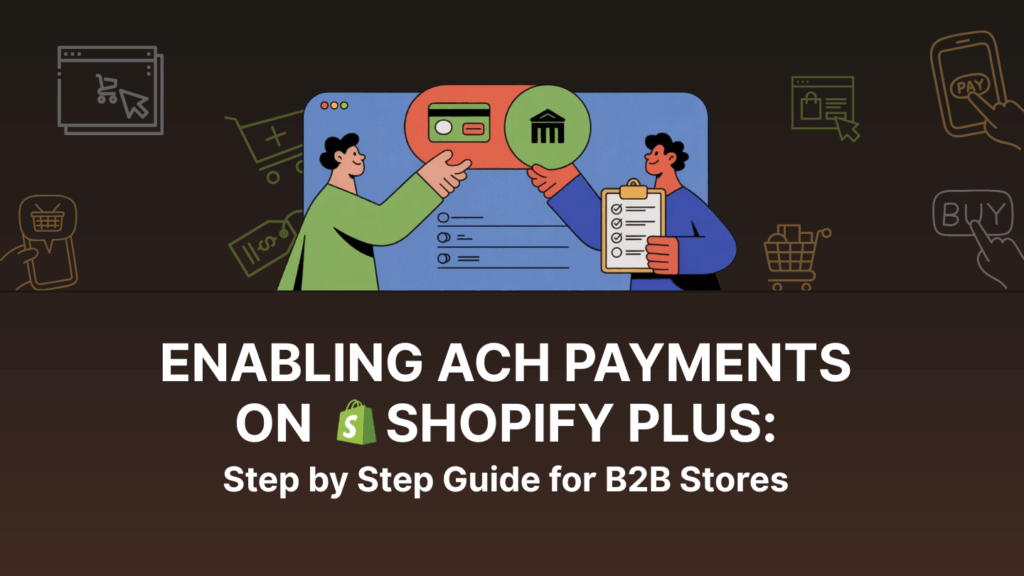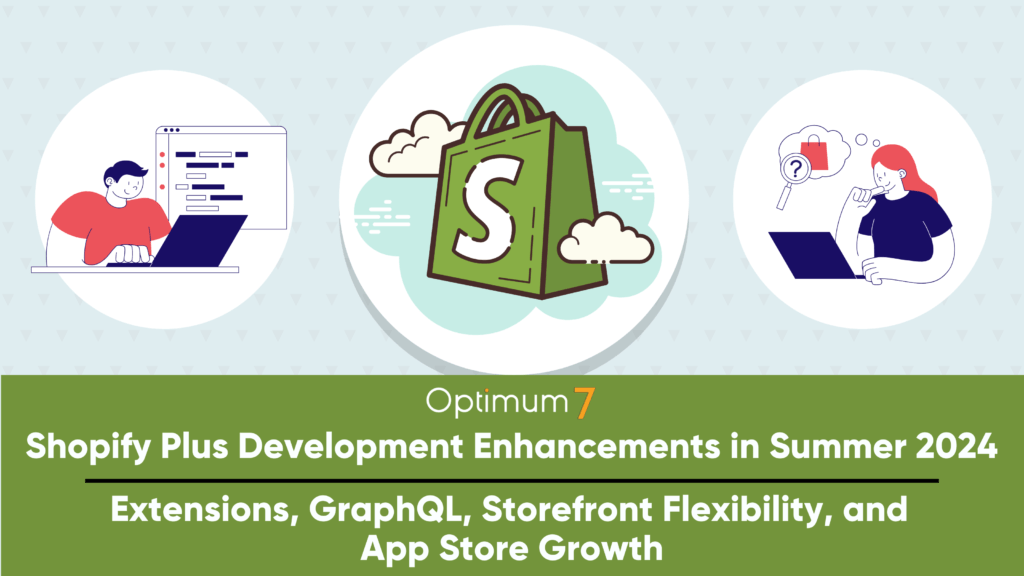When “30 Days Later” Emails Don’t Work
It always starts with a small annoyance.
A plant manager opens their inbox and sighs at yet another “Time to reorder your filters!” email. They don’t delete it right away, but they don’t click either. Why would they? The filters on their floor still have weeks of life left. It feels like a pointless nudge, one more reminder from a supplier that doesn’t understand how their factory actually runs.
Fast forward twelve days. Production has been heavy, usage spiked, and the last box of filters is empty. Now the situation is a crisis. The line slows down, operators scramble to improvise, and the plant manager is on the phone demanding an emergency shipment. The supplier who flooded their inbox with premature reminders wasn’t there when it mattered most.
That’s the flaw in static replenishment schedules. They treat every buyer the same, when in reality, no two factories burn through consumables alike. One site might chew through a pallet in ten days, while another makes it last three months. A “30 days since last order” email doesn’t respect that difference. It either comes too early or it comes too late, when the buyer is already in downtime.
And downtime is the one thing buyers don’t forgive.
This is the moment when suppliers lose trust. What was meant to be helpful automation turns into background noise. Buyers stop opening the emails, stop trusting the portal, and eventually, start questioning whether the supplier really understands their needs.
The fix is sending the right email at the right time. A reorder prompt based not on guesswork but on actual consumption patterns. That shift, from static timelines to usage-based logic, is what turns email from marketing clutter into operational support.
Why Static Replenishment Fails in Industrial Supply
Static replenishment logic was borrowed from consumer e-commerce. It works fine if you’re selling vitamins or razor blades. People generally consume those at predictable intervals. Thirty days later, send the reminder. Sixty days later, send another. Easy.
But industrial consumables don’t follow that rhythm. They live inside environments where demand shifts week to week, sometimes hour to hour. A plant running at full tilt might chew through filters, gaskets, or safety gloves in a fraction of the time you’d expect. Another site in the same company, with lighter usage or a seasonal slowdown, might stretch the exact same supplies for months.
Drop a “30 days since last order” email into that world, and the flaws show immediately. To the heavy-usage site, the reminder comes too late—they’ve already stockpiled emergency orders, maybe even switched suppliers to cover the gap. To the slower site, the reminder feels premature, almost clueless—they’re sitting on unused stock, wondering why you’re pushing them to reorder something they don’t need.
Neither case builds trust.
The downstream effect is subtle but dangerous. Buyers start tuning out your emails altogether. They see them as spam, not support. Your portal loses its credibility as a tool that makes their job easier. And when that happens, they fall back on old habits: calling a sales rep, firing off a PO by email, or, worse, shifting the order to a competitor who seems to “get” their timing better.
That’s the hidden cost of static replenishment. It isn’t just mistimed messages. It’s a gradual erosion of confidence. In B2B supply, where contracts live and die on reliability, once that confidence slips, the emails you send don’t just fail, they backfire.
Target Audience: What Buyers Actually Want — Valuable Information in Replenishment Emails
The inbox of a plant manager or procurement officer isn’t like a consumer’s. It’s not a place where they browse casually for deals or inspiration. Every message competes with production alerts, supplier updates, and internal approvals. If an email doesn’t serve an operational purpose, it’s noise — and noise gets ignored.
When it comes to replenishment, B2B buyers aren’t asking for fancy graphics or clever subject lines. What they want is reliability. They want a reminder that lands before downtime becomes a threat—not weeks too early, not days too late. The timing itself is what determines whether they see the email as helpful or irrelevant.
They also want personalization, but not in the marketing sense of “Hi John, we thought you’d like these related products.” For industrial buyers, personalization means the system actually understands their usage — drawing on customer data rather than generic templates. If a site averages 1,200 units every six weeks, the reminder should reflect that cadence, not some arbitrary company-wide template. When the email proves it “knows” the buyer’s factory, it earns trust.
Contract alignment matters too. Many B2B accounts have negotiated pricing tiers, reorder thresholds, or volume commitments. A generic reorder email that ignores those terms feels sloppy at best and disrespectful at worst. A good email doesn’t just remind them to buy — it reassures them the order will flow through at the right price and under the right terms.
And maybe most importantly, buyers want peace of mind. A well-timed email isn’t marketing. It’s operational support. It tells the plant manager: “You don’t have to watch the clock on these supplies — we’ve got it covered.” That shift in perception is everything. It’s the difference between an email that gets deleted and one that becomes part of the buyer’s safety net.
From Guesswork to Precision: The Usage-Based Reordering Model
Static timelines are a gamble. You’re guessing when a buyer will run out, and the odds are stacked against you. Some emails land too soon and get ignored; others land too late and arrive after the damage has already been done. Either way, it’s guesswork dressed up as automation.
Usage-based reordering flips that script. Instead of asking, “How many days since the last order?” the system asks, “How fast is this buyer actually using the product?”
Here’s how it works in practice. Your ERP usually has enough signal to estimate pace, even if true consumption on the floor isn’t directly tracked. A plant that burns through 500 filters a week leaves a pattern. Another that stretches those same filters across a quarter leaves a different one. The point is the data is already there.
By connecting that usage data to your Shopify Plus or BigCommerce portal — and then piping it into Klaviyo or whatever email engine you use — the reminders stop being generic. They become specific. A buyer doesn’t get an arbitrary “30-day” email. They get a prompt when their actual usage signals that stock is low. The system moves from calendar-based guessing to data-driven estimates tied to usage thresholds.
The shift is subtle but powerful. Suddenly, emails don’t feel like marketing. They feel like support. Instead of nagging a buyer when they still have shelves full of stock, the email arrives right when they’re starting to reach for the last box. The timing proves you understand their operation. It tells them you’re paying attention.
And when buyers feel understood, they reorder with trust.
The Role of ERP and Consumption Data in Email Timing
Every manufacturer already has the answer to the timing problem; it’s sitting quietly inside their ERP. That system knows how quickly each customer goes through consumables, because it tracks orders, shipments, and sometimes even production runs. The challenge isn’t collecting the data. It’s pulling it out of ERP and using it to drive the timing of communication.
Think about it this way: your ERP already knows that Plant A is drawing down filters every ten days, while Plant B only reorders once a quarter. If your email engine can see that, then reminders stop being guesses. They become reflections of reality. The ERP signals when stock is approaching the reorder point, and that signal is what triggers the email in Klaviyo or another automation platform.
This is a practical integration. ERP (or your inventory/warehouse system) can pass a replenishment signal, such as a min/max breach, low-stock threshold, or predicted run-out, to Shopify Plus or BigCommerce, which then triggers Klaviyo. The buyer doesn’t see the plumbing. What they see is an email that lands at the perfect moment, with a reorder link that respects their contract pricing and current availability.
The impact on perception is huge. Instead of thinking, “Here comes another marketing email I don’t need,” the buyer thinks, “Good timing, they’ve got my back.” It feels less like advertising and more like an operational safeguard.
For suppliers, this isn’t about sending more emails. It’s about using the right tools, letting ERP, e-commerce, and email automation work together, so the right message lands at the right time. ERP is the anchor. Without it, you’re stuck in guesswork. With it, you’re offering buyers something they can rely on.
Building Usage-Based Email Flows in Klaviyo
Once you’ve got usage data flowing from ERP into your portal, the next question is: how do you turn those signals into emails buyers actually open? That’s where Klaviyo (or another email engine) comes in. The trick isn’t just setting up another “flow.” It’s designing it so that every message feels like it’s coming from the buyer’s own operation.
At the core, the trigger changes. Instead of “send 30 days after last purchase,” the flow fires when the ERP says usage has reached a threshold. Maybe it’s 80% depletion of average stock. Maybe it’s when order frequency spikes faster than usual. The point is that the email isn’t tied to the calendar — it’s tied to reality on the ground.
The email content shifts too. Generic subject lines like “Ready to reorder?” don’t cut it. A usage-based email can say something closer to: “Based on your recent orders, it looks like you’ll need new filters soon. Click here to restock at your contract price.” That language tells the buyer you’re watching their needs, not blasting them with templates.
These flows can also stack. The first message is a gentle nudge when stock is running low. If there’s no action, a second message can escalate: “Critical parts are running out — secure your reorder before downtime hits.” And for accounts with approval chains, you can design parallel messages: one to the requisitioner, another to the manager who signs off.
The beauty of using a tool like Klaviyo with Shopify Plus or BigCommerce is that the data stays live. Pricing can be pulled from contract data and availability synced from ERP, provided real-time or frequent updates are in place. A buyer who clicks doesn’t end up frustrated by stock that looks available in an email but isn’t on the portal. Everything aligns.
That’s how you turn email from noise into a safeguard. It’s not about flashy designs. It’s about timing, tone, and trust — built on the backbone of data that knows how fast each factory actually consumes your products.
Want to know how we’ve already done this for a real B2B electronics brand? Take a look at our case study: Email Marketing for B2B Electronics: How We Rebuilt Electriduct’s Lifecycle Flows in Klaviyo to Increase Conversions and Revenue
Why Shopify Plus and BigCommerce Are the Right Commerce Platforms for This
Most out-of-the-box e-commerce platforms were built with consumers in mind. They assume buying is simple: a person clicks “add to cart,” pays, and the order ships. In that world, static replenishment emails make sense. But B2B supply chains don’t run on simplicity; they run on contracts, approvals, and patterns of consumption that change from site to site. That’s why industrial suppliers can’t rely on consumer-grade tools to get this right.
Shopify Plus and BigCommerce stand out because they’re flexible enough to bend toward B2B logic. Both have open APIs that let you pipe ERP usage data into the portal and out into Klaviyo without breaking the chain. That means the email a buyer sees reflects not just a store catalog but also their actual contract pricing, their real-time inventory functionality, and their order history.
Take approvals as an example. A consumer platform doesn’t care who clicks the button. But in B2B, the requisitioner might need to be reminded before the manager does. On Shopify Plus or BigCommerce, you can build rules that send the right email to the right role in the account. That way, the requisitioner gets a low-stock nudge while the manager gets an approval-ready summary. Both messages are timed against real consumption, not guesswork.
The other strength is scale. Industrial suppliers don’t just sell to one plant — they sell to dozens, sometimes hundreds, of locations. Each has its own rhythm of usage. With Shopify Plus or BigCommerce, you can mirror those structures inside the portal. That way, a plant in Ohio doesn’t get reminders based on the cadence of a plant in Texas. Each location gets the timing it deserves.
The result is an ecosystem where ERP, e-commerce, and email automation actually talk to each other. Orders flow, data stays consistent, and emails feel less like marketing blasts and more like operational alerts, and in B2B, that difference is everything.
Business Impact: Turning Potential Customers into Long-Term Trust
With generic schedules, your emails live in the same category as every other piece of inbox clutter. Buyers skim, sigh, and delete. After a while, they stop opening them at all. You might think you’re nurturing accounts, but really, you’re training buyers to tune you out.
Usage-based emails flip that relationship. Suddenly, the timing is right. A buyer who might have ignored your old reminders clicks because this one feels different. It arrives the week they’re running low, not the week they’re swimming in stock. The subject line isn’t noise, it’s a lifeline. Over time, buyers stop seeing these messages as marketing. They start seeing them as operational support.
The ripple effects show up quickly. Teams typically see fewer emergency orders and lower rush shipping costs—track these as KPIs to validate the impact. Procurement teams stop sending panicked “Do you have any left in stock?” messages. And sales reps, instead of spending hours fixing last-minute problems, can focus on building new business—the kind of work that drives more sales instead of just patching emergencies.
The biggest change, though, is in trust. Buyers notice when a supplier seems to anticipate their needs. They tell colleagues, “These guys never let us run out.” That reputation sticks. And in industries where downtime costs millions, the supplier who earns that trust doesn’t just keep the account—they expand it.
That’s the real business impact of usage-based email. It’s not about open rates or click-through percentages. It’s about positioning yourself as the supplier who quietly prevents headaches. And once you’re in that role, buyers don’t shop around. They stick.
Overcoming Implementation Challenges
On paper, usage-based reordering feels almost too simple. The idea is elegant: let the system tell you when it’s time to restock. But the execution? That’s where most suppliers end up tangled. It’s not the dream that’s hard—it’s the plumbing underneath.
When the Data Lives in Different Worlds
Here’s the first snag: the data doesn’t all live in one place. Your ERP knows what’s been used. Shopify Plus or BigCommerce runs the portal where buyers log in. Klaviyo is supposed to send the emails. None of them speak the same language straight out of the box. So you get these silos. Orders move in one direction, but the email system sits blind to the signals that should spark a reminder. The fix isn’t glamorous—middleware, custom API calls, and the behind-the-scenes wiring nobody brags about. But once you lay those pipes, the whole flow suddenly makes sense.
The Human Resistance
Then there’s the culture piece. Sales teams sometimes bristle. If replenishment is automated, what’s left for them? It feels like the machine is taking their job. But that’s not what happens. The automation catches the small stuff—the emergency calls for filters or gloves—so the sales team can actually breathe. Instead of chasing reorders, they get to chase bigger contracts. The work doesn’t disappear. It shifts upward.
Trust and Privacy
Buyers have their own hesitation. No one wants sensitive usage data floating around in a marketing platform. That’s a real fear. The good news is you don’t need to expose every detail. You can strip signals down before they ever hit the email engine. The system doesn’t need to know every bolt used on Line 3; it just needs to know, “Plant X is running low.” The reminders stay sharp; the details stay private.
Trying to Do Too Much Too Fast
The last trap is ambition. Some teams try to wire up every SKU and every account from day one. That’s where projects stall. The smarter move is starting small—pick one consumable product, prove the e-mail flow, and watch it work. Success builds confidence, and confidence makes scaling natural.
Not Roadblocks, Just Design Work
So yes, the hurdles are real. But they’re design problems. With the right wiring and a little patience, each one can be solved long before it costs you trust. And once you’ve solved them, usage-based reordering stops being a concept and starts feeling like second nature.
Case Logic: What Success Looks Like
Picture two suppliers selling the same consumables. Both have modern portals. Both send reorder emails. But one relies on static “30-day” reminders, while the other runs usage-based flows.
At the first supplier, emails pile up in the buyer’s inbox whether they need them or not. A plant that orders quarterly gets nagged monthly. Another plant that burns through supplies in two weeks never gets a reminder until they’re already scrambling. Over time, those emails stop getting opened. Buyers stop trusting them. When stockouts happen, the supplier looks disconnected, even careless.
Now look at the second supplier. Their ERP and portal are connected, so every email is tied to real consumption. A reminder shows up the week before a plant runs low, not a month before or a week too late. The message includes the buyer’s contract price, the exact SKU they usually order, and a link that takes them straight to checkout—creating a smooth checkout experience that feels effortless. To the plant manager, it doesn’t feel like marketing—it feels like a system designed to keep their line running.
The results speak for themselves. Open rates climb, not because the subject lines are clever, but because the timing is right. Emergency calls and rush orders drop. Procurement teams stop firefighting and start planning. On the supplier’s side, reps spend less time on rekeying last-minute orders and more time winning new accounts.
The real win, though, is trust. Buyers begin to assume: “If we’re running low, they’ll let us know before it’s a problem.” That assumption cements loyalty in a way no discount or promotion ever could.
That’s the difference usage-based reordering makes. It’s not more emails. It’s fewer, better-timed emails that feel like operational support. And that shift can quietly change the entire tone of the supplier–buyer relationship.
Usage-Based Reordering Toolkit
Turn emails from noise into operational support.
Buyer-Centric Replenishment Checklist
Make sure every reminder email is anchored in the buyer’s actual operation, not your guesswork.
| Checklist Item | Why It Matters | Status |
| Pull consumption data from ERP | Reveals how fast each plant actually burns through stock | ☐ |
| Identify min/max thresholds per site | Translates data into reorder “danger zones” | ☐ |
| Segment accounts by usage pattern | Heavy-use vs. slow-use sites need different cadences | ☐ |
| Map contract rules into email system | Keeps reminders aligned with negotiated pricing | ☐ |
| Define approval workflows | Ensures requisitioners + managers get the right parallel emails | ☐ |
How to use it: Run this checklist before you build a single flow. If you don’t know how each plant consumes, your emails will always feel premature or late.
Usage-to-Email Flow Blueprint
A simple model for wiring ERP → Portal → Klaviyo (or any email engine).
| Stage | Signal | Triggered Email |
| ERP detects usage at 80% | “Low stock” flag | Gentle nudge email to requisitioner with contract price link |
| ERP predicts 95% depletion in 3 days | “Critical” flag | Escalation email to requisitioner + manager: “Secure order now to prevent downtime.” |
| No action within 24h | Escalation + alert | Parallel alert to sales rep for human follow-up |
How to use it: Think of these as safety nets. The system escalates only when the risk grows, not on arbitrary dates.
Email Content Scorecard
Judge every message before it leaves the system.
| Question | Pass/Fail |
| Does it reference actual consumption (not just days since last order)? | ☐ |
| Does it display the buyer’s contract price? | ☐ |
| Does it confirm real-time availability? | ☐ |
| Does it speak in operational language (“line downtime”) vs. marketing fluff? | ☐ |
| Does it give one-click reorder convenience? | ☐ |
How to use it: Before launch, test your emails against this scorecard. If they read like campaigns instead of safeguards, re-write them.
Pilot & Scale Framework
Don’t try to automate everything at once.
Step 1: Choose one high-volume consumable (filters, gloves, seals).
Step 2: Connect ERP usage signals → portal → Klaviyo.
Step 3: Run usage-based flows for 60 days.
Step 4: Measure reduction in emergency orders, fewer rush shipments, higher open rates.
Step 5: Expand to additional SKUs and accounts.
How to use it: Start small, prove success, then scale. A pilot reduces internal resistance and shows the business impact fast.
Post-Implementation KPIs
Judge success not by open rates, but by operational impact.
| KPI | Target |
| Emergency/rush orders | ↓ 30–50% |
| Support calls (“we ran out”) | ↓ 40% |
| Email open rates | +20% (because timing is right) |
| Sales rep hours spent on last-minute reorders | ↓ significantly |
| Buyer confidence (survey/NPS) | Consistent ↑ |
How to use it: Track these monthly. They’ll prove whether usage-based flows are actually preventing downtime.
Emails That Work Like Operational Support
Most suppliers treat replenishment emails as a checkbox. They build a 30/60/90-day sales cycle flow, call it automation, and assume it’s enough. But buyers in industrial supply don’t need more reminders—they need the right reminder at the moment it prevents downtime. Anything less is noise.
That’s why usage-based reordering matters. When ERP data and your portal speak to each other, email stops being a marketing tool and becomes part of the buyer’s operations. A filter reminder isn’t a campaign—it’s a safeguard. A gasket reorder nudge isn’t clutter—it’s a guarantee that production won’t stall.
Suppliers who get this right aren’t just sending better emails. They’re proving, day after day, that they understand their buyers’ rhythms. They’re the ones who never let stockouts happen. And in industries where trust is everything, that reputation is worth more than any promotion or sales pitch.
If your emails still run on static schedules, you’re leaving buyers unprotected—and leaving contracts vulnerable. The solution is straightforward, but it does necessitate making connections. ERP, Shopify Plus, or BigCommerce, Klaviyo—together, they can deliver reorder prompts that feel less like spam and more like operational insurance.
Contact us, we’ll map your ERP data, show where static reminders are failing, and design flows that make buyers feel like you’ve got their back. Because in B2B, the only email worth sending is the one that keeps the line running.



